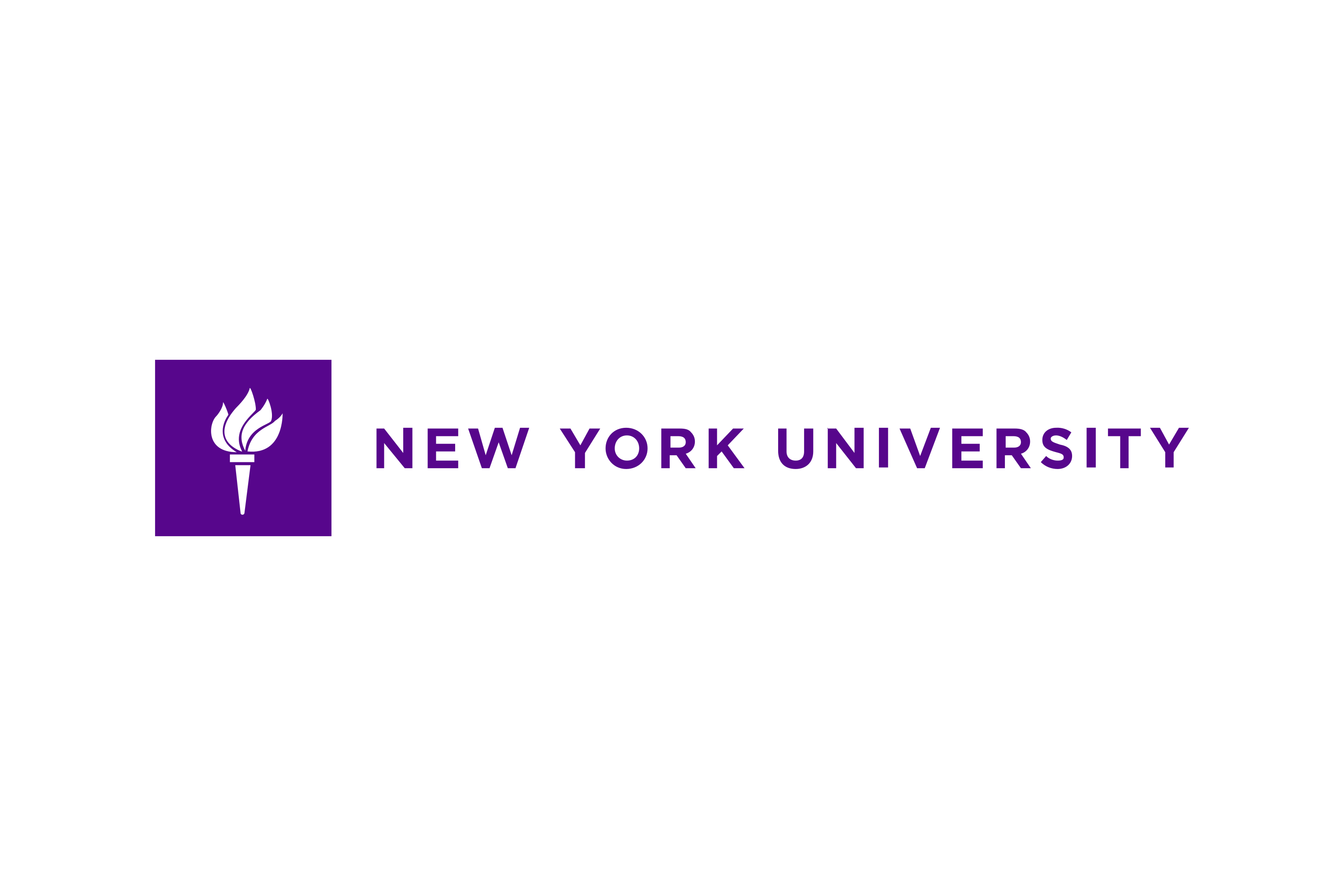New York University: The Empire’s Physician: Prosperity, Plague, and Healing in Ancient Rome – Feb. 26
NYU’s Institute for the Study of the Ancient World presents online exhibition on the life and legacy of the influential Roman physician, Galen.
The online exhibition will open with an elegant and playful animated short film that quickly gives visitors a basic introduction to Galen and a sense of his centrality in the history of medicine. The website itself is divided into eight chapters chronologically following phases of Galen’s career, but with each offering a different thematic focus to allow visitors multiple points of entry for a fully self-directed digital experience.
One chapter tells the story of Galen’s family background and introduces Pergamon, the place of his birth in present-day Turkey, as well as a notable religious healing site in the Eastern part of the Roman Empire. Subsequent chapters contextualize the physician’s medical education within the broader academic context of his day—Galen was a follower of ancient Greek physician Hippocrates and his theory of the humors—while other sections of this online exhibition introduce different, non-academic approaches to medicine in the ancient world. Religious and magical healing practices, as well as traditional Roman folk medical traditions, are all discussed alongside striking illustrations of temples, votives, amulets, and sculptures rendered in 3D.
Several chapters explore different points of Galen’s medical career and emphasize distinct areas of practice including preventative care, pharmacology, and surgery. Colorful mosaics, beautifully illustrated medicinal plant guides, and photographs of ancient medical instruments (some that look familiar to us today) bring the story of ancient medicine to life in relatable ways. Tracing the physician’s movements through different areas of the Roman Empire, several chapters also describe the living conditions in second-century Rome, from an account of the political backdrop of its emperors’ philosophies and wars, to descriptions of everyday life for poor residents in a crowded metropolis. The more specific cultural context of Roman medicine—the competitive nature of the bedside, ethical questions of charging patients for care, and advice to patients on how to choose a doctor—also come to the fore. These discussions illustrate the range of Galen’s voluminous writings as well as his diverse audiences.
Galen’s case histories form the core of this exhibition, and patient narratives are woven throughout the various chapters: the physician treated almost every kind of person in the Roman Empire and his patients include the urban elite, rural peasants, slaves, professional gladiators, lovesick ladies, and even the emperor Marcus Aurelius. Women’s health as well as the role of female doctors and midwifery, too, are discussed in chapters strikingly illustrated by relief carvings representing birthing scenes, statues, and inscriptions. In addition to Galen’s clinical practice, special attention is also devoted to his theoretical writings with an emphasis on anatomical research; his work on anatomy remained the standard until the Renaissance. One subsection is devoted specially to the afterlife of Galen’s anatomical theories and the beginning of medical illustration.
We plan to include narratives from doctors, nurses, scientists and first responders practicing today, inviting them to reflect on their field and its connection to antiquity. Conversations about Galen’s intellectual tradition will also extend to a series of online public programing events.
The Empire’s Physician will give visitors a chance to explore many different dimensions of this wide-ranging healer and thinker as well as diverse patient perspectives through personal narratives, historical descriptions, object histories, manuscripts, illuminations, architectural recreations, as well as interactive digital features, and more, in a scholarly-yet-accessible style.

